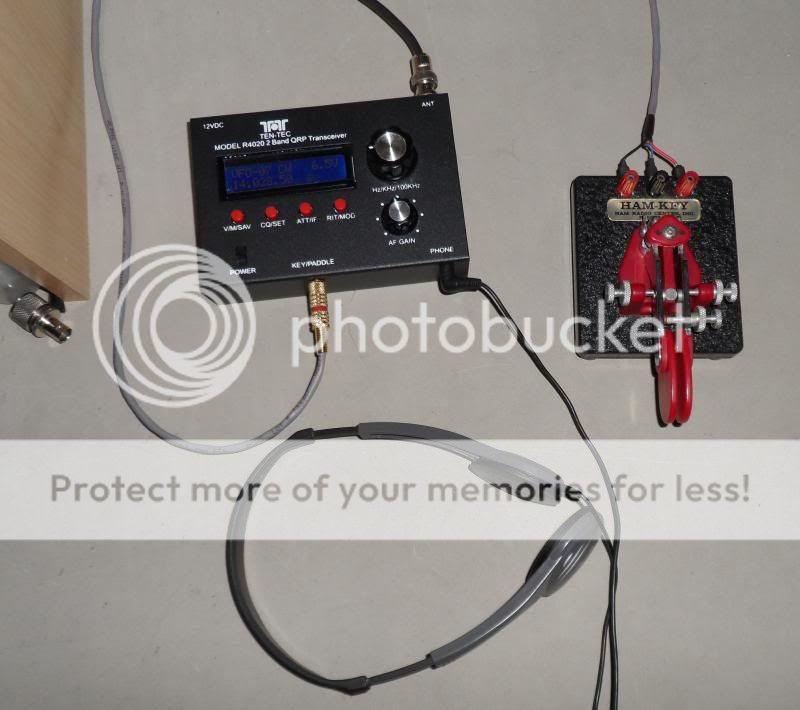cockpitbob
NES Member
With my FT-857 in the shop I've been using my little QRP rig: a TenTec R4020, CW-only, 4 watts. It's a tiny little thing 5.5" X 4" X 1" with batteries inside. It's feeding to a simple half wave end-fed wire up 50'.
I've been chasing some Dx with it and I'm stunned at what you can do with CW. I am consistently hitting stations 4,000 miles away, mostly in Europe. I am routinely doing better than 1,000 miles per watt. I assumed 100W stations had to sound loud to me for them to be close enough to hear my little mouse-squeak signal, but I've gotten solid copy reports from stations that were pretty far down in the noise for me.
Morse carries amazingly well. And I guess the math regarding S-meters is right. With each S-unit being a 4X change, the difference between 4W and 100W is only about 2.5 S-units.
I'm something of a minimalist. I can fit the entire rig with key, antenna, mason's line for the antenna and accessories in a lunch box. I think I'm about get sucked deep into the world of QRP.
I've been chasing some Dx with it and I'm stunned at what you can do with CW. I am consistently hitting stations 4,000 miles away, mostly in Europe. I am routinely doing better than 1,000 miles per watt. I assumed 100W stations had to sound loud to me for them to be close enough to hear my little mouse-squeak signal, but I've gotten solid copy reports from stations that were pretty far down in the noise for me.
Morse carries amazingly well. And I guess the math regarding S-meters is right. With each S-unit being a 4X change, the difference between 4W and 100W is only about 2.5 S-units.
I'm something of a minimalist. I can fit the entire rig with key, antenna, mason's line for the antenna and accessories in a lunch box. I think I'm about get sucked deep into the world of QRP.

![Coffee [coffee] [coffee]](/xen/styles/default/xenforo/smilies.vb/028.gif) .
.